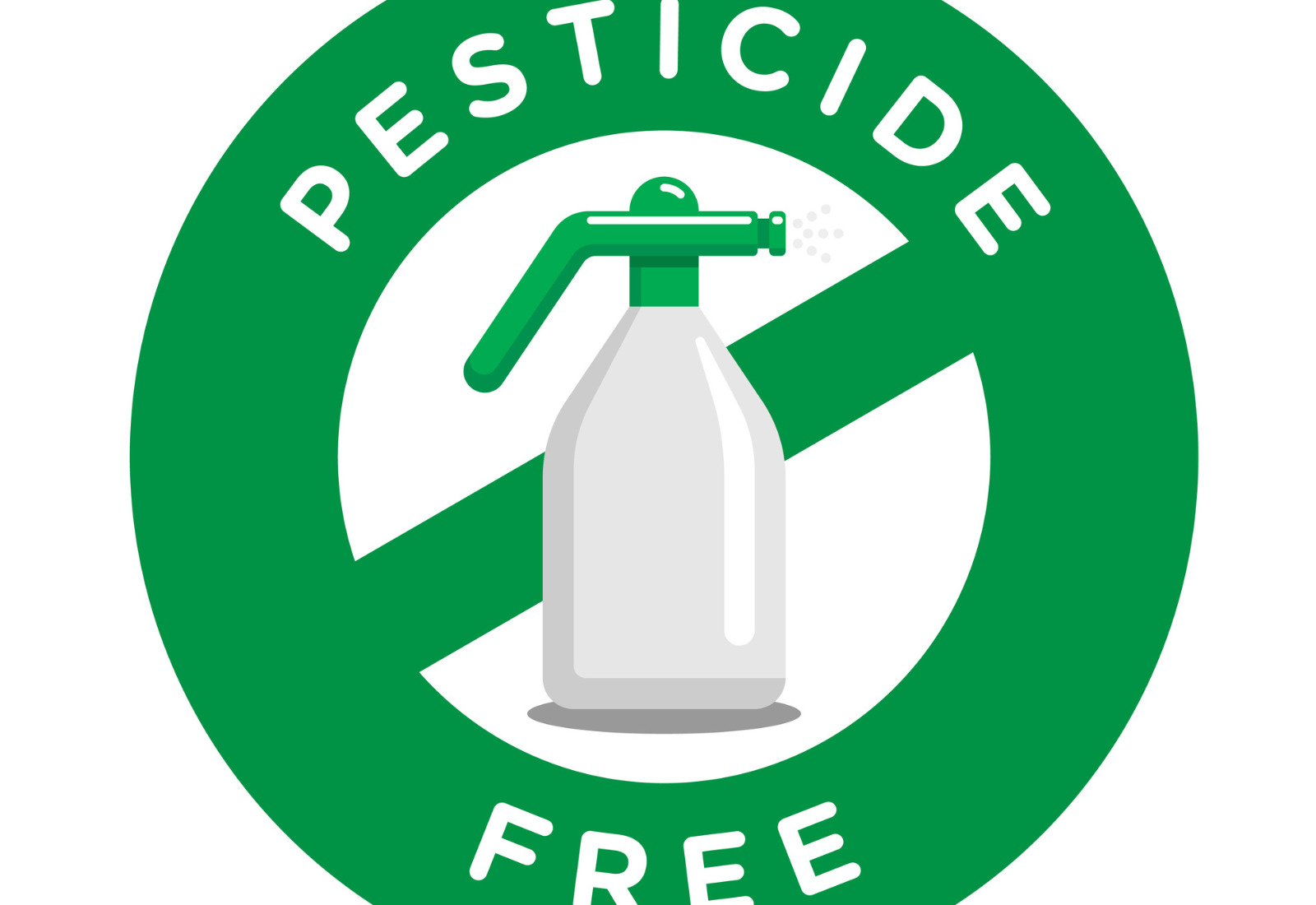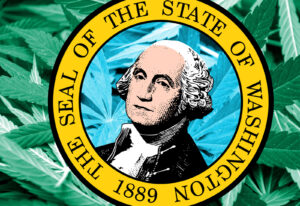
The Washington State Liquor and Cannabis Board (WSLCB) issued a bulletin Monday, July 7 stating that its enforcement efforts related to the April DDE contamination alert had been wrapped up. Earlier this year, in April, a slew of Okanogan county licensees’ cannabis products tested “hot” during the Washington Department of Agriculture’s (WSDA) random testing for dichlorodiphenyldichloroethylene (“DDE”). DDE is a derivative chemical that forms following the breakdown of the infamous “DDT” (dichlorodiphenyltrichloroethane) that was widely used in the U.S. as a pesticide until it was banned in 1972.
Pesticide testing results
Initially, the WSLCB placed administrative holds on 18 licensees and performed additional testing on their cannabis products as well as on soil and water in the area. Ultimately, five licensees had administrative holds remaining on their licenses, which have now been removed. According to the WSLCB, further testing resulted in 61 of 108 products testing positive for DDE above the action limits. Those products have been identified, holds placed on them, and the WSLCB will work with the licensees to destroy them. If you are interested in the state’s interactive map showing pesticide testing results, it’s here.
Pesticide and heavy metals testing regime for cannabis
Washington enacted a pesticide and heavy metals testing regime for cannabis in March of 2022. The pesticide action level rule lists 59 allowable pesticide compounds and their acceptable thresholds that cannabis products must be screened for before they can be sold. DDT and its derivative DDE are not on the list of compounds that are screened for. The WSLCB acknowledged this in its alert that “state-certified cannabis-testing labs are not required to screen for DDE among the 59 pesticides included in mandatory testing because DDE contamination above actionable levels has not emerged elsewhere”.
When I wrote about this at the time, I criticized the state for not having placed DDT/DDE on the list of 59 compounds which all cannabis products are screened for. That may seem like Monday morning quarterbacking, but I found it justified because of the widespread historic usage of DDT in Washington. The compound’s extended half-life gives it a propensity to sit latent in soil and reemerge years after use makes that particularly true.
As mentioned above, the WSDA was responsible for catching the DDE contamination, not a certified lab. That’s because the mandatory screening procedure for all cannabis doesn’t include DDT/DDE testing. The WSLCB has not said whether DDT/DDE will be added to the mandatory chemical screening. From the tone of the WSLCB’s bulletin, it sounds like certified testing labs in the state just don’t have the equipment to test for DDT/DDE contamination. Adding it to the list may be out of the question at this time. We know that there is a scarcity of testing labs in the state that are equipped to handle mandatory testing as it is.
That is cause for concern. As it stands now, the WSDA may be the only agency capable of testing cannabis for DDE and the use of DDT in the state was not limited to Okanogan county. It seems like a similar situation involving DDE or another legacy contaminant could surely happen and go unnoticed after the product is on the market. It would be nice to know that all cannabis products were being screened appropriately for contaminants, instead of hoping the WSDA catches it before too many people use contaminated cannabis. Issues like this are almost impossible to avoid entirely, but catching the problem early through mandatory screening seems like the only practical solution.
I stand by my earlier criticism, but the WSLCB deserves some credit for doing its best here. Mounting an effort to test all of the potentially contaminated cannabis, soil, and water as necessary to ensure consumer safety was no small task. The fact that initial results seem to have resulted in 2/3 of the licensees’ administrative holds being removed fairly quickly and all remaining administrative holds now being lifted, is impressive. Most importantly, it doesn’t sound like anyone was seriously injured and the WSLCB appears to have done a good job of mitigating any damage.
- SEO Powered Content & PR Distribution. Get Amplified Today.
- PlatoData.Network Vertical Generative Ai. Empower Yourself. Access Here.
- PlatoAiStream. Web3 Intelligence. Knowledge Amplified. Access Here.
- PlatoESG. Automotive / EVs, Carbon, CleanTech, Energy, Environment, Solar, Waste Management. Access Here.
- BlockOffsets. Modernizing Environmental Offset Ownership. Access Here.
- Source: https://harrisbricken.com/cannalawblog/washingtons-cannabis-dde-contamination-issue-resolved-for-now/
- :has
- :is
- :not
- $UP
- 2022
- 7
- a
- About
- above
- acceptable
- According
- acknowledged
- Action
- added
- adding
- Additional
- administrative
- After
- agency
- Alert
- All
- among
- an
- and
- Another
- any
- anyone
- appropriately
- April
- ARE
- AREA
- AS
- At
- avoid
- banned
- BE
- because
- been
- before
- being
- BEST
- board
- Breakdown
- bulletin
- but
- by
- CAN
- cannabis
- cannabis products
- capable
- Cause
- Certified
- chemical
- Concern
- consumer
- contaminants
- could
- county
- credit
- criticism
- damage
- Department
- derivative
- deserves
- destroy
- Doesn’t
- doing
- done
- Dont
- during
- Earlier
- Early
- effort
- efforts
- emerged
- enforcement
- ensure
- entirely
- equipment
- equipped
- fact
- fairly
- five
- following
- For
- forms
- found
- from
- further
- gives
- Go
- good
- good job
- had
- handle
- happen
- Have
- having
- heavy
- here
- historic
- holds
- hoping
- HTML
- HTTPS
- i
- identified
- if
- impossible
- impressive
- in
- include
- included
- infamous
- initial
- instead
- interactive
- interested
- involving
- issue
- Issued
- issues
- IT
- ITS
- Job
- jpg
- July
- just
- Know
- lab
- Labs
- Legacy
- Level
- levels
- licensees
- licenses
- Lifted
- like
- Limited
- limits
- List
- Lists
- MAKES
- mandatory
- many
- many people
- map
- Maps
- March
- Market
- May..
- mentioned
- Metals
- mitigating
- Monday
- morning
- most
- must
- my
- necessary
- nice
- no
- now
- of
- on
- only
- or
- out
- particularly
- People
- performed
- plato
- Plato Data Intelligence
- PlatoData
- positive
- potentially
- Practical
- Problem
- procedure
- Product
- Products
- question
- quickly
- random
- regime
- related
- remaining
- Removed
- required
- resolved
- responsible
- resulted
- Results
- Rule
- s
- Safety
- Said
- Scarcity
- Screen
- screening
- seem
- seems
- seriously
- showing
- similar
- sit
- situation
- small
- soil
- sold
- solution
- some
- Sound
- stand
- stands
- State
- stating
- surely
- Task
- test
- tested
- Testing
- that
- The
- The Area
- The State
- their
- Them
- There.
- they
- this
- this year
- those
- Through
- time
- to
- TONE
- too
- true
- u.s.
- Ultimately
- until
- Usage
- use
- used
- was
- washington
- washington state
- Water
- we
- WELL
- were
- whether
- which
- widely
- widespread
- Wikipedia
- will
- with
- Work
- would
- Wrapped
- year
- years
- you
- zephyrnet












